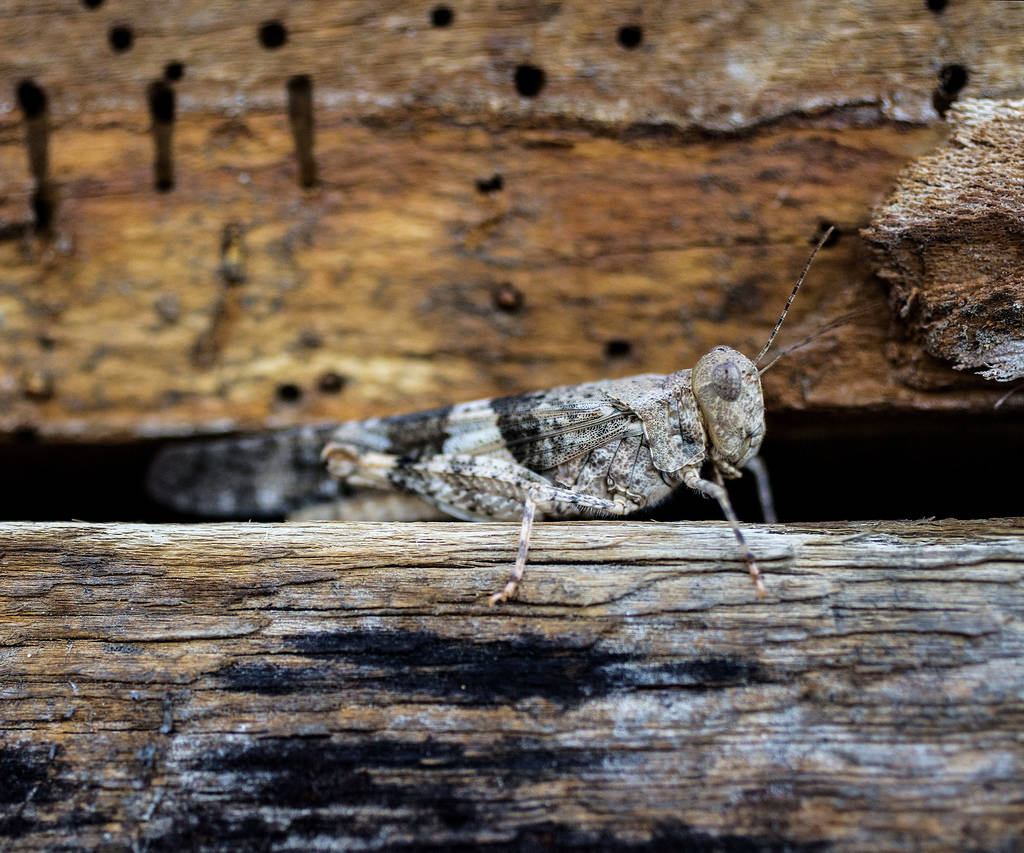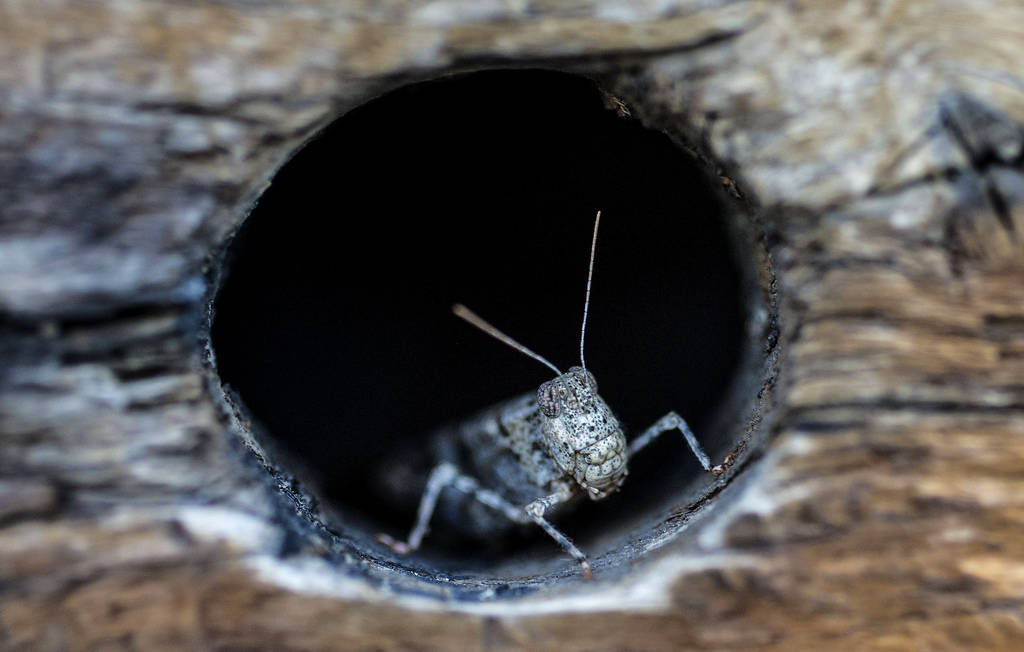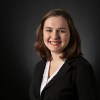Grasshopper invasion makes its mark on Las Vegas weather radar
The grasshopper invasion in the Las Vegas Valley has grown so large that it appears to be showing up on weather radar, according to the National Weather Service.
The weather service tweeted on Friday night that radar activity was high over the valley this week during the evenings, around the same time of day grasshoppers are emerging in swarms. The weather service’s radar can tell much of the activity is biological, caused by bats, birds, insects and, most likely, grasshoppers, meteorologist Alex Boothe said.
🤓 Some of you have been asking about the widespread radar returns the past few nights in #Vegas. Radar analysis suggests most of these echoes are biological targets. This typically includes birds, bats, and bugs, and most likely in our case--> Grasshoppers. 🦗 #VegasWeather pic.twitter.com/reQX7hJR7Y
— NWS Las Vegas (@NWSVegas) July 27, 2019
“We can actually detect the difference between biological and non-biological targets,” he said, adding that while meteorologists can’t be certain grasshoppers are causing the spike, “it’s a pretty safe assumption.”
The weather service’s radar images come from a large Doppler dish on top of Nelson Peak, located southwest of the valley near Searchlight, Boothe said. As the dish spins, it spits electromagnetic beams into the valley.
Those beams bounce back, measuring objects they’ve hit. The beam is angled upward, so it’s about 3,500 feet high in the south valley and about 5,500 feet high in the north, Booth said.
Any object at that height will show up on the radar. An algorithm is supposed to detect if the object is biological or non-biological — such as birds and insects versus rain and hail — but the algorithm isn’t perfect.
“Last night, for example, it was showing some pretty high radar returns or echoes, and it was actually labeling them as large drops, raindrops,” Boothe said. “Based on there not being many clouds around, you can pretty much safely assume that it was probably biological.”
It’s not unlikely for birds or grasshoppers to be that high in the air, Boothe said. High wind gusts in the valley last night might have pushed the grasshopper swarm into higher altitudes.
He said the phenomenon can still be witnessed after the grasshoppers have moved on, but it won’t be as pronounced.
“Once it’s cleared and there’s no more grasshopper invasion, you’ll still see a bloom around 7, 8 p.m. on our radar,” Boothe said. “And that will be the insects coming out.”
Contact Katelyn Newberg at knewberg@reviewjournal.com or 702-383-0240. Follow @k_newberg on Twitter.




